There’s a recent trend in labeling to use icons and symbols to promote the beneficial qualities of a product or company. While this can be good graphic design, it’s important that whatever you are saying is, above all, TRUE.
Some icons and symbols are covered by regulations. Some can only be used with permission and/or qualifications, and some of those fall into the category of endorsements. And some are just marketing. Let’s take a deeper dive.
Regulated Icons & Symbols
The use of some symbols and icons is covered in regulations. In order to use them, you must comply with the regulations covering them. Here are a few examples.
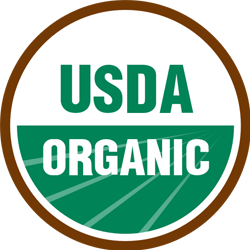
USDA Organic Seal
The USDA Organic seal denotes that the product complies with the National Organic Program and that the product is certified under that program.
It is illegal to use the seal if the product has not been appropriately certified.
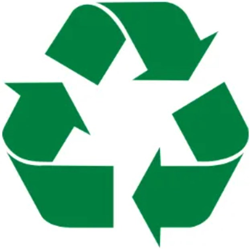
Recycled Symbol
The recycle symbol is an “environmental claim” and is covered by the regulations from the Federal Trade Commission (FTC). It may be used, but probably not stand-alone, without some sort of qualification about what is actually recyclable. (The bottle, jar, cap, box, label?) Also, recyclable claims can only be made if the majority of people CAN recycle the item. In the area where I live, there is no way to recycle glass!
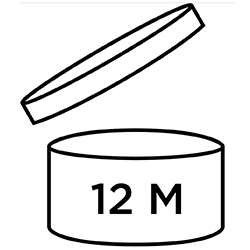
Period After Opening
The period after opening symbol is covered by regulations in the EU. It is very specific about what the symbol must look like and how it must be used.
It is not required in the US, and there are no regulations covering it.
Third-Party Certifications — Endorsements
Some symbols and icons are actually trademarked and may only be used with permission. This is often the case when the symbol represents a type of endorsement or proof that the product meets a certain standard.
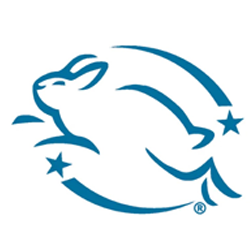
Leaping Bunny
The Leaping Bunny symbol indicates that the product is cruelty-free. It’s proof that the cruelty-free claim has been reviewed by an independent third party.
In addition, in order to use the symbol (which is trademarked) you must pay a fee to Leaping Bunny.
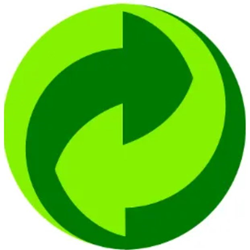
Green Dot Symbol
The Green Dot symbol is a trademarked symbol indicating that the company is part of a European network of industry-funded systems for recycling the packaging materials of consumer goods. It is not a recycling symbol.
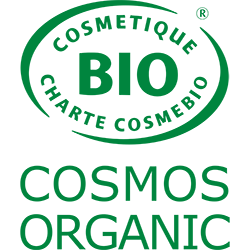
COSMOS Standard
COSMOS (COSMetic Organic and Natural Standards) is a standard for certification for natural and organic products in Europe. Cosmebio and Ecocert are standards within COSMOS.
The logo is trademarked and may only be used on products which have been reviewed and approved by an authorized COSMOS certification body.
False or Deceptive
A symbol or icon that LOOKS like it is an actual third-party certification (but isn’t actually) can become false or deceptive advertising if not appropriately qualified or explained.
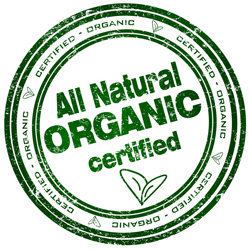
“Certified”
A symbol that claims the product is “certified” but doesn’t have any actual underlying certification is likely false and deceptive.
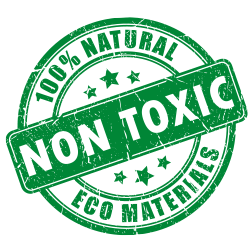
Environmental Claims
A highly generalized environmental claim (such as non-toxic, eco materials or eco friendly) is likely to be false or deceptive because it is probably not actually true. For example, a claim “eco materials” — without any qualification — could mean that the ingredients, the packaging, the manufacturing, the company, AND the company’s building were made with eco materials. It’s too broad to be absolutely true.
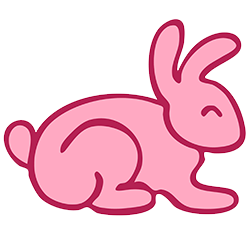
Look-Alikes
A look-alike logo or symbol, such as a bunny to promote cruelty-free could be considered false or deceptive if there is any indication that there is some third-party certification when there isn’t.
Marketing – Proof Required
Marketing consists of all the things you say to get someone to purchase your product. When you make a measurable, objective claim about your product, you should have proof to back it up. A symbol can easily be such a claim.
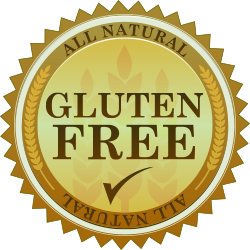
Gluten Free
Obviously, a product that claims to be gluten free should be, in fact, free of gluten.
Note, though, that the FTC regulations say that if you make a “free-of” claim, it shouldn’t be claiming that the product is free of something that isn’t ever in the product in the first place. For example, soap doesn’t normally contain gluten, so making a gluten-free claim for it is somewhat iffy.
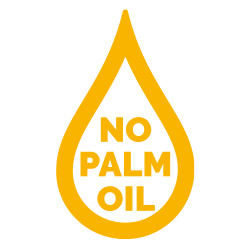
No Palm Oil
Claiming that a product is palm-oil free is perfectly acceptable, providing it is true.
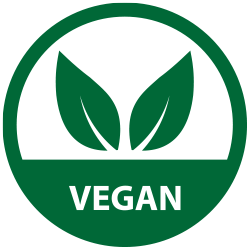
Vegan
Again, claiming a product is vegan is perfectly acceptable, providing it is true (and you can prove it).
When making vegan claims for soap and cosmetic it’s important to remember that many ingredient may have both vegetable AND animal sources (glycerin, stearic acid, lactic acid, and sodium lactate for example) or could be produced from GMO crops (corn, soybean or canola, for example),.
The Take-Away
Be aware of the graphics that go on your product label and what they mean. Just because someone else uses the symbol, or you can easily download it from Google, Canva, or an image site such as ShutterStock or Dreamstime, doesn’t mean that you should use it.
Do your homework,and only use symbols that are truthful and that you are authorized to use.


Leave a Reply